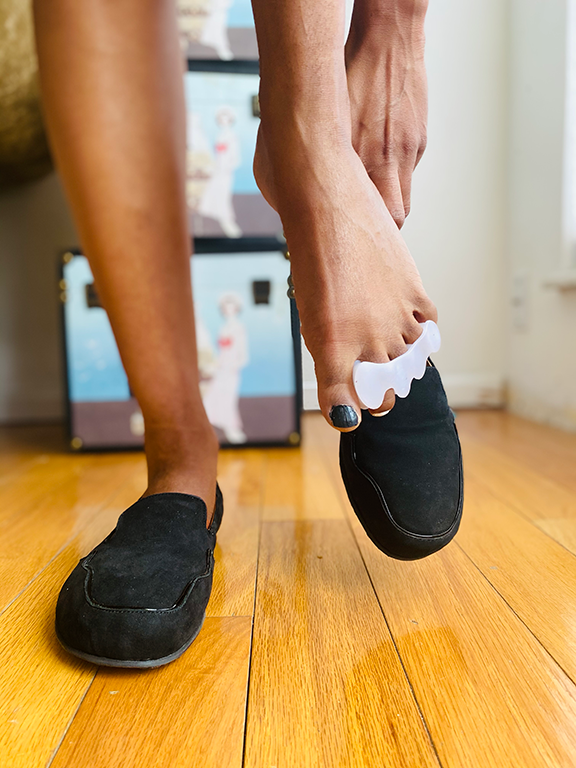
How to Transition to Minimalist Shoes
Share
These shoes are very lightweight and flexible, with no artificial arch support or heel elevation. Minimalist shoes are also nice and wide, so there is plenty of room for your toes to move freely and your whole foot to move in comfort.
Minimalist shoes are very different from the traditional shoes we have become so accustomed to wearing – if you’re thinking about switching to a minimalist shoe, it’s very important that you do so carefully so your feet have time get accustomed to the change and you avoid injury.
Start Slow
When you’re transitioning from wearing traditional shoes to minimalist shoes, it’s a very good idea to only wear minimalist shoes for short periods at a time – especially if you’re used to wearing ultra-cushioned sneakers or restrictive dress shoes.
Your feet adapt to the type of shoe that you wear the most often. Switching to a completely different style of shoe suddenly could be too shocking to your body and lead to injury! Which is exactly what you’re trying to avoid by wearing minimalist shoes.
Easing your feet into minimalist shoes will help relax your overworked muscles, strengthen weak muscles, and give your feet ample time to readjust to a new way of moving. Once you feel completely comfortable with wearing minimalist shoes for 30-minutes at a time, add 30-minutes until you can comfortably wear them for an entire day!
Transition to A Semi-Minimalist Shoe First
For some people, jumping right to a minimalist shoe might just be too much for their feet to bear. This is especially true for people who work on their feet, run often, or wear high heels every day. When you wear a minimalist shoe, you’re as close to walking barefoot as possible – while still keeping your feet safe from harm. If your body is not adapted to walking barefoot, you will likely find that minimalist shoes are a bit uncomfortable at first.
To make the switch easier for yourself, use “transitional footwear.” These shoes will still have a thicker sole to provide comfort, but they won’t have any “drop,” or heel elevation. They do a better job of making it feel like you’re walking on a flat surface (like the ground), but they are helpful in providing some of the elements that your feet are used to with traditional shoes.
Pads and Toe Spacers
Metatarsal pads and heel cups can be worn with minimalist footwear to get your feet used to the transition. Metatarsal pads are worn around the middle of the foot and help provide some arch support while your foot muscles adjust to walking on a flat surface. Heel cups help with heel tenderness that new minimalist shoe-wearers often feel.
Toe spacers can really help with foot pain that is associated with wearing traditional shoes, especially if you are used to a shoe that crowds your toes into unnatural positions. We suggest wearing a silicone toe spacer on each foot at the end of the day, when you get home and take off your shoes. You can even wear them to bed, if that’s comfortable for you!
Start your transition to minimalist shoes and a more natural way of living with a pair of Lisbeth Joe shoes, today!
